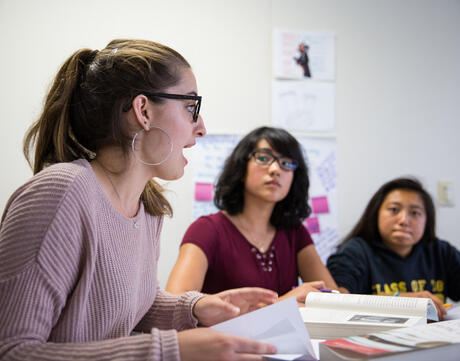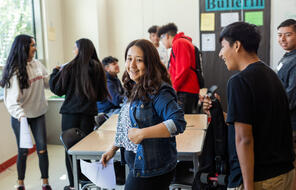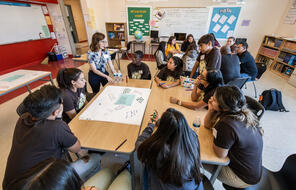
Learn to Listen, Listen to Learn
At a Glance
Language
English — USSubject
- Advisory
- Civics & Citizenship
- English & Language Arts
- History
- Social Studies
Grade
6–12Overview
What Is the Learn to Listen, Listen to Learn Strategy?
In a discussion based on the Learn to Listen, Listen to Learn strategy, students reflect on a topic in their journals, share their reflections in a small group, and then present their ideas to the whole class. This structured format helps students develop their discussion skills with a focus on strengthening their listening skills. This is an especially useful discussion format when your class is discussing controversial topics.
Lesson Plans
How to Use the Learn to Listen, Listen to Learn Strategy
Steps for Remote Implementation
The following questions can help you plan to use Learn to Listen, Listen to Learn for remote learning:
- What collaborative digital tool(s) do I want to use to facilitate this activity?
- How am I going to deliver instructions to students about completing the activity?
- How often am I going to monitor the discussion?
- If teaching asynchronously, what is the defined time period I want to set for completing the activity?
Students can complete this either synchronously or asynchronously.
Materials and Downloads
Quick Downloads
Download the Files
Unlimited Access to Learning. More Added Every Month.
Facing History & Ourselves is designed for educators who want to help students explore identity, think critically, grow emotionally, act ethically, and participate in civic life. It’s hard work, so we’ve developed some go-to professional learning opportunities to help you along the way.
Exploring ELA Text Selection with Julia Torres
On-Demand

Working for Justice, Equity and Civic Agency in Our Schools: A Conversation with Clint Smith
On-Demand

Centering Student Voices to Build Community and Agency
On-Demand














